Tannins and other antinutritional factors can produce low feed digestibility at higher levels
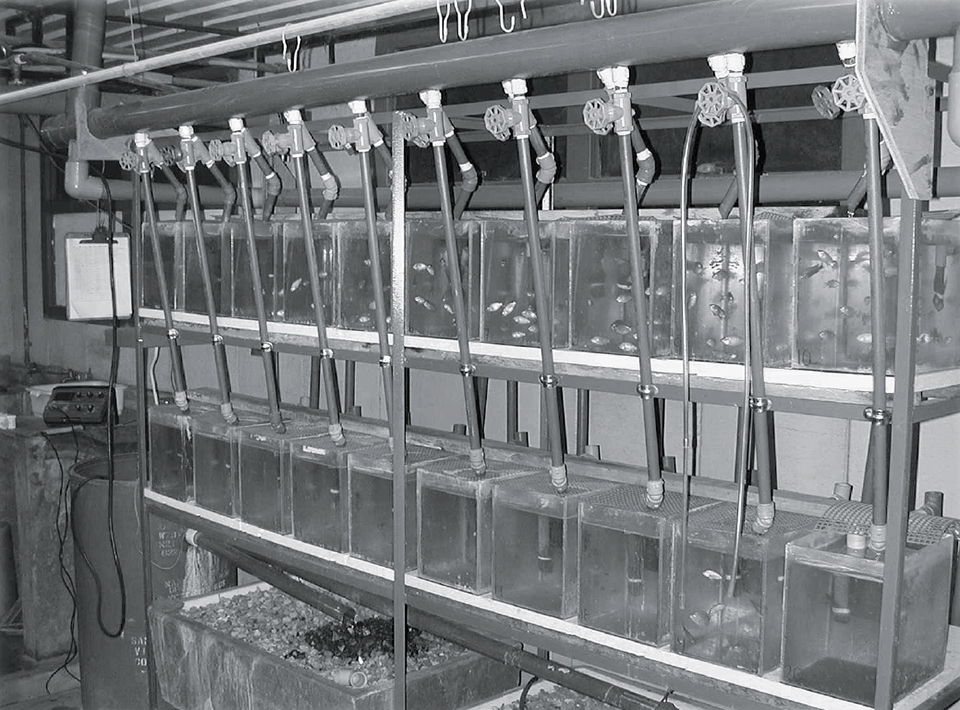
Many agricultural residues produced in the world in great amounts may have potential value as ingredients in animal feeds. Rejected green bananas, those that do not meet quality standards for export) are the main residue from the banana-processing industry. They are widely available in many tropical countries. For example, in Costa Rica during 1998 to 99, rejected green banana production was estimated at 480,000 to 650,000 metric tons.
Green banana meal (GBM) prepared from rejected green bananas contains high carbohydrate levels and low levels of ash and fiber, and can be considered a good potential energy source for omnivorous fish species. However, the presence of polyphenols (e.g., tannins) in GBM can restrict its use in fish diets. Polyphenol content varies depending on banana strains, plantation management, and grade of ripeness.
Experimental setup
The authors recently evaluated the utilization of green banana meal in tilapia diets during a feeding trial with fingerlings of Nile tilapia (Oreochromis niloticus). Five diets containing 0, 100, 200, 300, and 400 grams of GBM per kilogram feed were formulated to be approximately isoproteinous and isoenergetic (Table 1). Prepared using bananas of the genus Musa acuminate, the banana meal replaced wheat meal and cassava starch in diet formulation.
Méndez, Ingredient composition (g/kg, DM) of diets, Table 1
| Ingredient (g/kg) | Diet (g banana meal/kg feed) Control (0) | Diet (g banana meal/kg feed) D (100) | Diet (g banana meal/kg feed) D (200) | Diet (g banana meal/kg feed) D (300) | Diet (g banana meal/kg feed) D (400) | Diet for Digestibility |
|---|
Ingredient (g/kg) | Diet (g banana meal/kg feed) Control (0) | Diet (g banana meal/kg feed) D (100) | Diet (g banana meal/kg feed) D (200) | Diet (g banana meal/kg feed) D (300) | Diet (g banana meal/kg feed) D (400) | Diet for Digestibility |
|---|---|---|---|---|---|---|
| Fishmeal | 380 | 380 | 380 | 380 | 380 | 266 |
| Soybean meal | 180 | 150 | 150 | 150 | 150 | 126 |
| Cassava starch | 200 | 100 | 0 | 0 | 0 | 140 |
| Wheat meal | 200 | 220 | 220 | 100 | 0 | 140 |
| Blood meal | 0 | 10 | 10 | 30 | 30 | 0 |
| Green banana meal | 0 | 100 | 200 | 300 | 400 | 300 |
| Soybean oil | 10 | 10 | 10 | 10 | 10 | 7 |
| Vitamins | 20 | 20 | 20 | 20 | 20 | 14 |
| Chromium oxide | 10 | 10 | 10 | 10 | 10 | 7 |
Méndez, Weight, growth, and feed utilization of O. niloticus fingerlings fed graded levels of green banana meal, Table 2
| Variable | Diets (g banana meal/kg feed) Control Diet (0) | Diets (g banana meal/kg feed) D (100) | Diets (g banana meal/kg feed) D (200) | Diets (g banana meal/kg feed) D (300) | Diets (g banana meal/kg feed) D (400) |
|---|
Variable | Diets (g banana meal/kg feed) Control Diet (0) | Diets (g banana meal/kg feed) D (100) | Diets (g banana meal/kg feed) D (200) | Diets (g banana meal/kg feed) D (300) | Diets (g banana meal/kg feed) D (400) |
|---|---|---|---|---|---|
| Initial body weight (g) | 2.0 ± 0.1a | 2.0 ± 0.1a | 2.0 ± 0.1a | 2.0 ± 0.1a | 2.0 ± 0.1a |
| Final body weight (g) | 40.3 ± 1.4a | 37.8 ± 1.0ab | 39.9 ± 1.6a | 34.3 ± 1.8bc | 29.9 ± 1.9c |
| Relative growth rate of metabolic weight (g/kg 0.8/day) | 39.9 ± 1.1a | 37.9 ± 0.8a | 39.3 ± 1.6a | 35.7 ± 2.0ab | 32.2 ± 2.1b |
| Feed intake (g/fish/day) | 0.96 ± 0.01a | 1.0 ± 0.01a | 1.0 ± 0.01a | 1.0 ± 0.06a | 1.0 ± 0.05a |
| Feed-conversion ratio | 1.1 ± 0.1a | 1.2 ± 0.05a | 1.1 ± 0.1a | 1.3 ± 0.1b | 1.5 ± 0.1c |
| Apparent net protein utilization (%) | 32.3 ± 0.2a | 33.7 ± 0.7a | 35.1 ± 0.2a | 35.5 ± 0.3a | 24.0 ± 0.5b |
| Dry matter digestibility (%) | 60.1 ± 0.3a | 60.1 ± 0.1a | 59.7 ± 0.2a | 54.6 ± 0.7ab | 51.6 ± 0.6b |
| Daily fat gain (g/day/fish) | 3.5 ± 0.1a | 2.6 ± 0.3b | 2.7 ± 0.2b | 2.1 ± 0.3bc | 2.0 ± 0.1c |
| Hepatosomatic index1 | 2.8 ± 0.1a | 2.5 ± 0.1 bc | 2.7 ± 0.2ab | 2.1 ± 0.1d | 2.2 ± 0.3cd |
Means in a row with different supercripts are significantly different (P < 0.05, one-way ANOVA and Tukey test).
Table 2. Weight, growth, and feed utilization of O. niloticus fingerlings fed graded levels of green banana meal during a 42-day period. (Means ± standard error.)
The fish were reared in a recirculating unit consisting of 16 aquariums. Each aquarium was stocked with 10 sex-reversed male fish of 1.8 to 2.4 grams. Fish were fed to apparent satiation three times daily in triplicates for 42 days. The five diets were assigned randomly in three replicates in the system. Apparent digestibility coefficients were determined for dry matter and the green banana meal.
Results
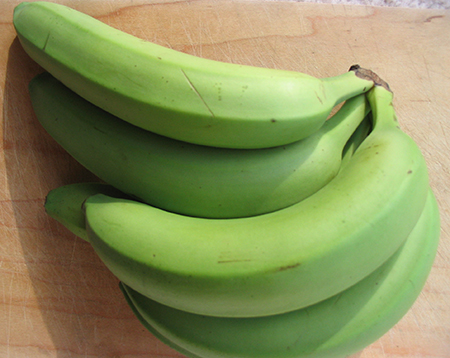
Fish fed a control diet without GBM and diets with 100 and 200 grams of GBM per kilogram feed showed similar growth (final body weight, relative growth rate of metabolic weight) and feed-conversion ratio. Feed intake was not affected by treatments (P > 0.05). The worst growth and feed utilization were found with fish fed the diet containing 400 grams per kilogram of banana meal.
The apparent net protein utilization was significantly lower with the diet containing 400 grams of GBM per kilogram feed than the other diets. However, its trend for higher values at 100 to 300 grams GBM per kilogram of feed and the corresponding higher fish protein contents (157 to 164 grams per kilogram) may indicate GBM can be an efficient energy source for tilapia.
Dry matter digestibility was similar (about 60 percent) for the control diet and diets with 100 and 200 grams per kilogram of GBM, whereas the other diets showed significantly lower digestibility values of 55 and 52 percent. The dry matter digestibility of GBM was 68 percent with the O. niloticus fingerlings tested, an acceptable value when compared with other feedstuffs of vegetable origin or carbohydrate-rich ingredients.
In this study, the increasing dietary levels of banana meal had a positive effect on the tilapia because it reduced daily fat gain from 3.5 to 2.0 and cut body fat content 101 to 80 grams per kilogram. The added meal also reduced the hepatosomatic index 2.8 to 2.2 at the same dietary carbohydrate levels.
Conclusion
Nile tilapia fingerlings can assimilate up to 200 grams green banana meal per kilogram feed in diets without depressing growth and feed-utilization parameters. Test diets containing the meal did not affect fish survival. The reduction in performance for tilapia that received 300 grams or higher banana meal per kilogram feed may be associated with the presence of tannins and other antinutritional factors in the meal that can produce low feed digestibility at higher dietary levels.
(Editor’s Note: This article was originally published in the December 2003 print edition of the Global Aquaculture Advocate.)
Now that you've reached the end of the article ...
… please consider supporting GSA’s mission to advance responsible seafood practices through education, advocacy and third-party assurances. The Advocate aims to document the evolution of responsible seafood practices and share the expansive knowledge of our vast network of contributors.
By becoming a Global Seafood Alliance member, you’re ensuring that all of the pre-competitive work we do through member benefits, resources and events can continue. Individual membership costs just $50 a year.
Not a GSA member? Join us.
Authors
-
Ramiro Segura Méndez
Escuela de Ciencias Biológicas
Universidad Nacional
Heredia 86-3000
Heredia, Costa Rica -
Juan B. Ulloa Rojas, Ph.D.
Escuela de Ciencias Biológicas
Universidad Nacional
Heredia 86-3000
Heredia, Costa Rica
Tagged With
Related Posts
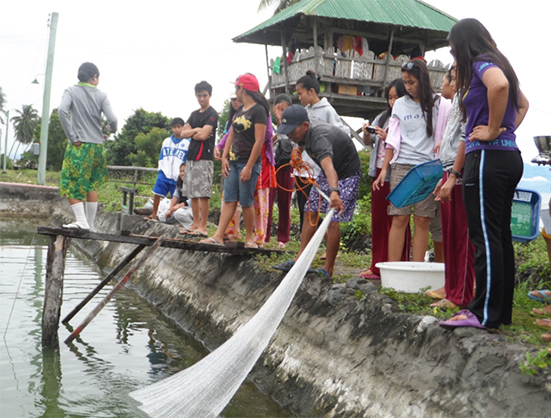
Aquafeeds
Mixed feeding schedules benefit growth of Pacific shrimp
In this feeding study with Pacific white shrimp juveniles cultured at very high density in a closed system, results showed that continuous feeding with a high protein diet is less practical than feeding the shrimp with a low protein diet and under mixed feeding schedules.

Health & Welfare
10 paths to low productivity and profitability with tilapia in sub-Saharan Africa
Tilapia culture in sub-Saharan Africa suffers from low productivity and profitability. A comprehensive management approach is needed to address the root causes.
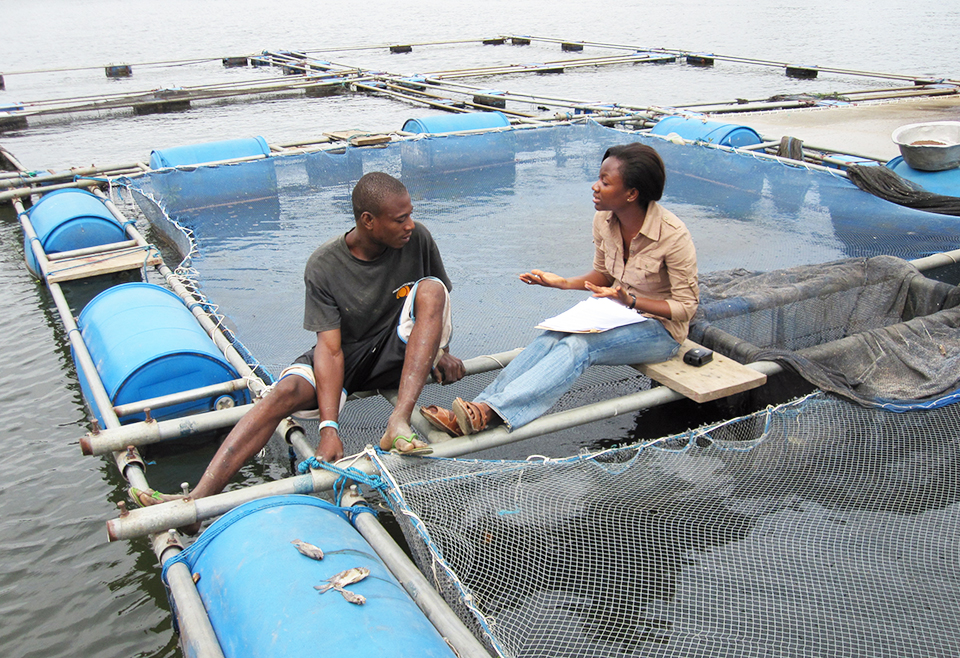
Health & Welfare
A look at tilapia aquaculture in Ghana
Aquaculture in Ghana has overcome its historic fits and starts and is helping to narrow the gap between domestic seafood production and consumption. Production is based on Nile tilapia.
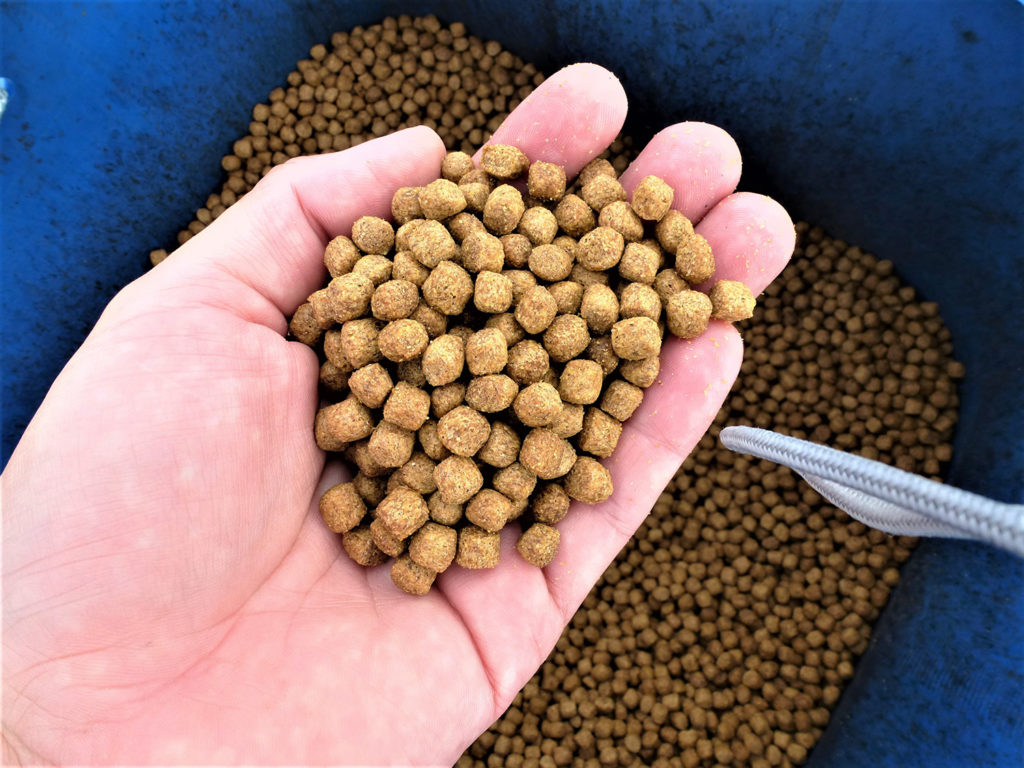
Health & Welfare
Advances in tilapia nutrition, part 2
Nutrition has an important role on growth, performance and flesh quality of tilapia. Part two of this two-part series looks into mineral supplementation and feeding strategy.


